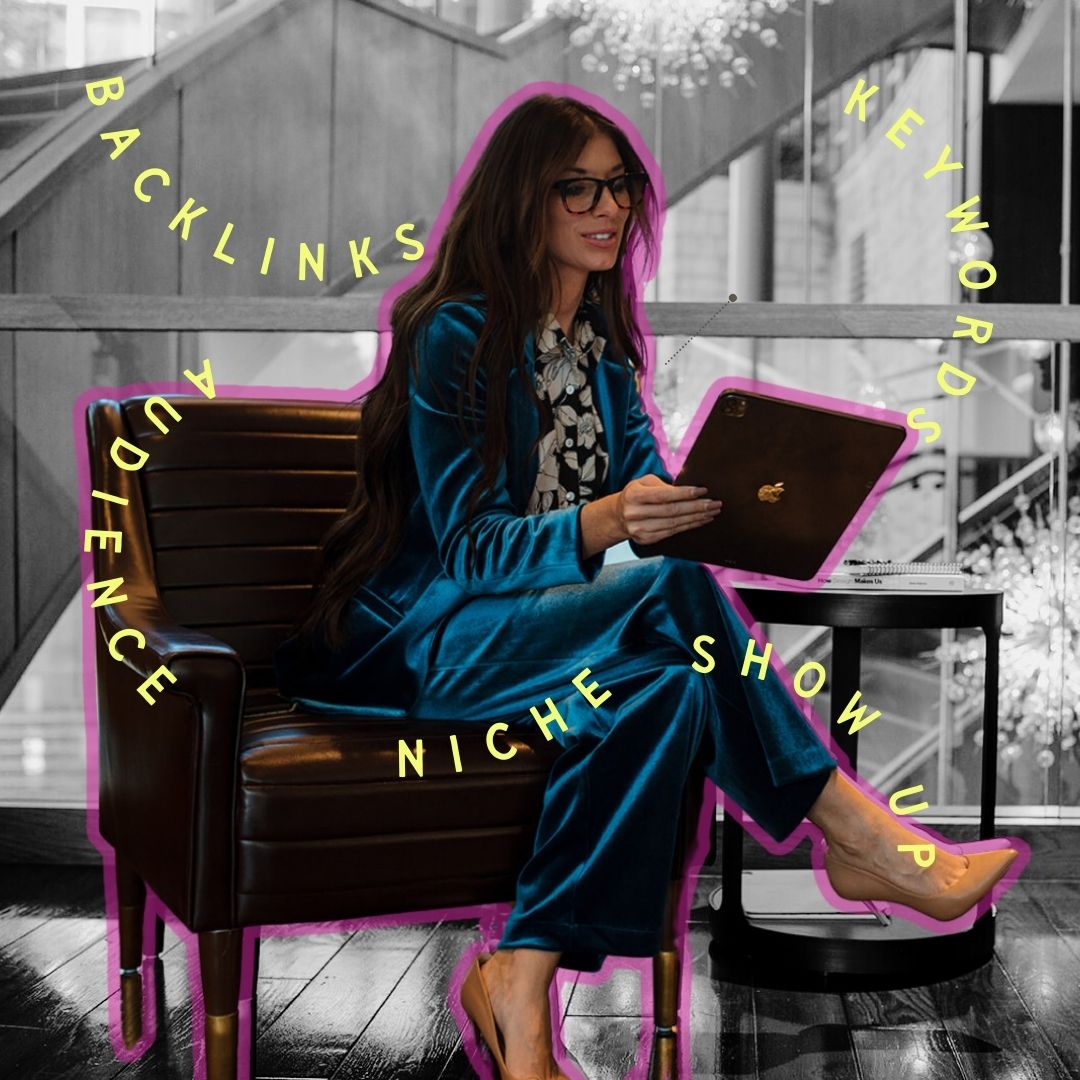Ready to elevate your blog game to rockstar status? Whether you’re trying to boost your brand’s SEO, build authority, or engage your audience with content that hits, creating a killer blog post in 2024 takes more than just stringing together a few sentences. It’s about strategy, voice, and knowing how to deliver exactly what your reader needs at every stage of their journey. This template will walk you through the process step-by-step—from crafting a scroll-stopping headline to nailing the call to action—so you can consistently crank out blogs that don’t just exist on your site, but actually get noticed, read, and acted upon. Let’s dive in and make your content sing.
H1: Catchy Headline (SEO Optimized)
Think scroll-stopper—your headline needs to be both engaging and SEO-ready. No clickbait, but definitely something attention-grabbing that answers what people are searching for. Use tools like Google Trends, Answer the Public, or Ubersuggest to get a feel for the keywords and questions your audience is asking.
- Examples:
- “How to [Solve X Problem] in [Timeframe] (Without Stress)”
- “Why [Solution] is the Game-Changer for [Target Audience]”
- “10 Myths About [Common Industry Issue] Debunked by Experts”
H2: The Hook / Intro (Problem Aware)
Length: 1-2 short paragraphs
This is where you speak directly to your reader’s pain point. They need to feel seen and understood, like you’re saying “I get it, you’re struggling with [insert problem].”
Tips:
- Use relatable language.
- Paint a picture of the problem.
- Tease that you’ve got the solution without diving into it yet. We’re stirring curiosity.
H3: The Solution (What’s the Fix?)
Length: 300-500 words
Now that you’ve hooked them, lay out the solution with some class. This is where you educate, but keep it human. Avoid sounding like an instruction manual. Break it down in steps or subheadings, and remember—people are skimming, so make it digestible with bullet points, numbered lists, or bold key phrases.
- Problem Unaware: If your audience doesn’t know they even have a problem, start by subtly educating them on the issue. Show the impact of not taking action.
- Problem Aware: For those who already know their issue but need the fix, you can get straight into how you or your product/service solves it.
- Solution Aware: Some readers know what’s out there but need to know why YOU are the best choice. Show why you’re the go-to solution without sounding too “salesy.”
H3: Benefits Over Features (Subtle Persuasion)
Length: 200-300 words
Don’t just tell them what your product/service does; tell them how it changes their life. People don’t buy products—they buy outcomes, transformations. Make it clear:
- Before & After: Show what life looks like before using your solution, and then describe the magic after.
- Use bullet points to make the benefits POP.
- You can sprinkle in some low-key testimonials or stats for proof, but don’t go overboard with a hard sell.
H3: FAQs / Objections (Handling the Doubts)
Length: 200-400 words
Throw in a mini-FAQ to handle objections before they even happen. What might they be hesitant about? Answer it right here.
- Example questions to hit:
- “What if [common doubt]?”
- “Does [solution] work for [specific group]?”
- “How long before I see results?”
H2: Call to Action (CTAs That Don’t Suck)
Length: 1-2 sentences
Your CTA should be the mic drop moment. Keep it strong, concise, and clear. A CTA isn’t just “Buy now” or “Schedule a consultation”—it’s “Transform your skin, book your [service] today and see results in [timeframe].”
- Throw in urgency or exclusivity to drive action. (“Limited spots available,” or “Get 10% off if you book in the next 48 hours!”)
Voices of Blogs: Match the Tone to the Reader
Depending on where your reader is in their journey, the tone of the blog should shift. Here’s a breakdown:
- Problem Unaware (Educational, Light-Bulb Tone):
- The reader doesn’t know they have a problem yet.
- Your job: Educate subtly. You’re guiding them to recognize they need help, and oh wait, you just so happen to have the solution.
- Tone: Gentle, conversational, inviting.
- Problem Aware (Empathetic, Relatable):
- They know what their problem is, but they’re overwhelmed or don’t know where to start.
- Your job: Reassure and relate. Show that you get them, and provide the first step toward the solution.
- Tone: Empathetic, approachable, a little bit of a problem-solver vibe.
- Solution Aware (Confident, Trustworthy):
- They’re researching their options and ready to take action—but need to trust you.
- Your job: Convince them you’re the best choice without being salesy.
- Tone: Authoritative, confident, high value.
General Blog Writing Tips for Right Now:
- Length:
- Ideal Blog Length: 800-1,200 words for SEO, but don’t fluff it up unnecessarily. If it’s a quick-read blog, aim for 500-700 words, max.
- Long-Form Blogs: For more in-depth topics, go for 1,500-2,500 words, but make sure it’s engaging and scannable.
- SEO Focus:
- Every blog needs a primary keyword and supporting keywords. Use these naturally throughout the article—don’t keyword stuff.
- Include your primary keyword in the headline, first paragraph, and a subheading.
- Use H2s, H3s, and bullet points for easy readability.
- Internal & External Links:
- Link to other blogs or pages on your site to keep people circling through your content (internal linking). It’s good for SEO and for user retention.
- Add external links to credible sources (studies, high-quality sites) to back up claims and boost SEO.
- Make it Skimmable:
- People skim blogs. Use short paragraphs, lots of subheadings, bullet points, and bold/italic text to highlight key takeaways.
- Strong Visuals:
- Include a couple of high-quality images or graphics. If it’s a data-heavy post, toss in a chart or infographic.
- Tone is Everything:
- For OMNIA BRND HOUSE, you know the drill: keep it real, raw, but polished AF. It’s not a lecture—it’s a conversation. If your team gets stuck, tell them to imagine they’re explaining it to a friend over coffee or a glass of whistlepig.



Comments +